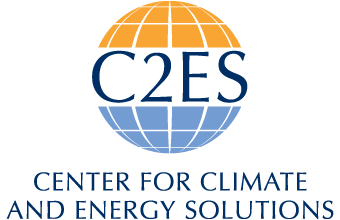Map
U.S. State Carbon Pricing Policies
Compared to command-and-control regulations, carbon pricing is a market-based mechanism that creates financial incentives to reduce greenhouse gas (GHG) emissions. Thirteen states that are home to over a 30 percent of the U.S. population and account for more than 36 …
